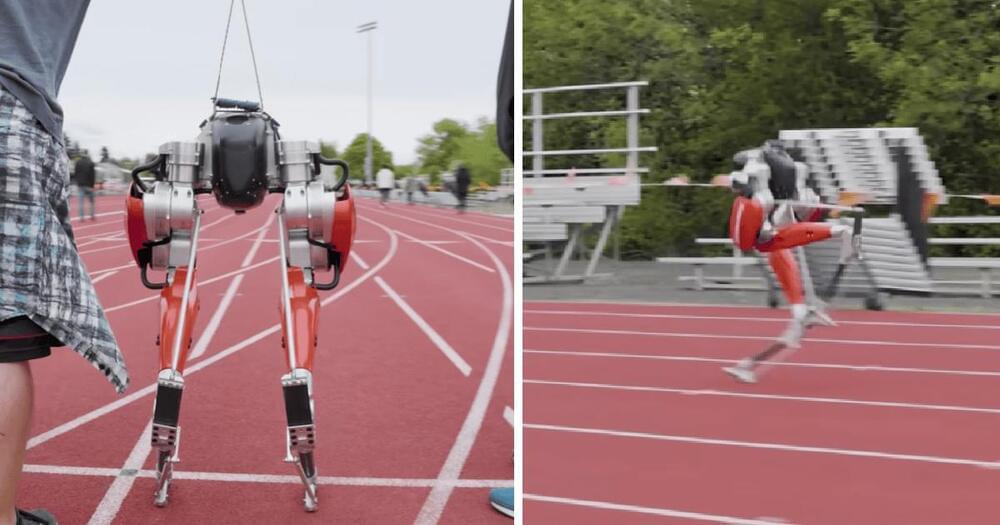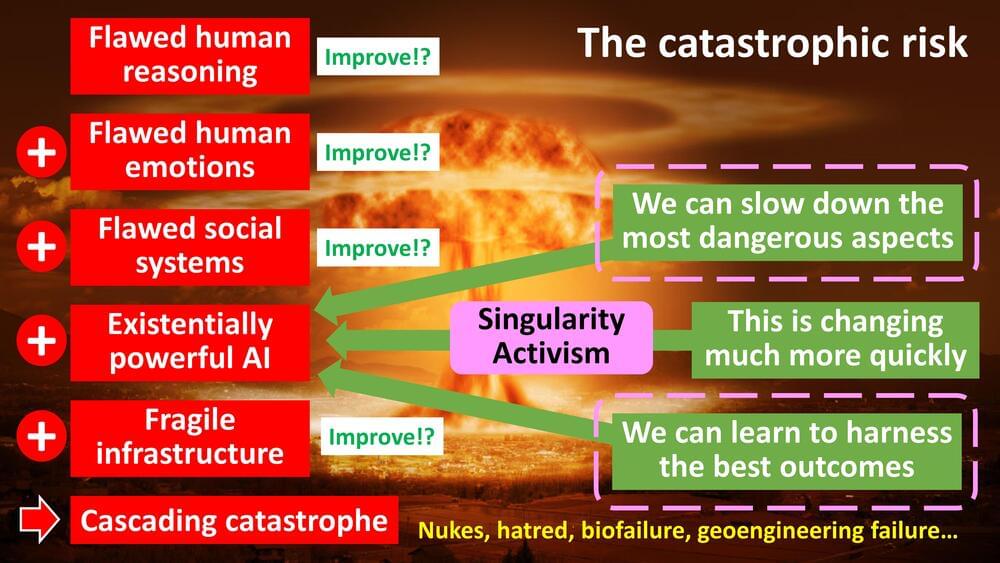
SpaceX is revolutionizing the Internet industry with its Starlink broadband satellite network. As of today, the company operates a constellation of around 4,265 Starlink satellites in Low Earth Orbit (LEO) that provide high-speed internet to over 1.5 million subscribers globally. SpaceX is launching Starlink satellites every month to continue expanding service coverage, with plans to launch a total of 12,000 satellites. Besides providing internet to homes and businesses, Starlink beams service directly to user antennas installed on vehicles in motion, like RVs, cruise ships, and aircraft.
In the early days of satellite internet, Geostationary Earth Orbit (GEO) satellites were the norm for aviation. These GEO satellites, positioned at an altitude of approximately 36,000 kilometers above the Earth’s surface, provided coverage to large regions but have limitations in terms of speed and latency – making it hard to livestream or have video calls in-flight. However, everything changed when SpaceX set its sights on LEO and launched thousands of satellites. One of the key advantages of Starlink’s satellites is the ability to provide faster internet speeds because they operate at much lower altitudes of around 550 kilometers. With traditional GEO satellites, the signal had to travel a considerable distance to reach the satellite and then make the round trip back to Earth, resulting in noticeable lag and latency average of around 600ms (milliseconds). In contrast, Starlink’s LEO satellites are positioned much closer to the planet, reducing the distance the signal travels.




 The African turquoise killifish is an emerging vertebrate model organism with great potential for aging research due to its naturally short lifespan. Thus far, turquoise killifish aging omic studies using RNA-seq have examined a single organ, single sex and/or evaluated samples from non-reference strains. Here, we describe a resource dataset of ribosomal RNA depleted RNA-seq libraries generated from the brain, heart, muscle, and spleen from both sexes, as well as young and old animals, in the reference GRZ turquoise killifish strain. We provide basic quality control steps and demonstrate the utility of our dataset by performing differential gene expression and gene ontology analyses by age and sex. Importantly, we show that age has a greater impact than sex on transcriptional landscapes across probed tissues. Finally, we confirm transcription of transposable elements (TEs), which are highly abundant and increase in expression with age in brain tissue. This dataset will be a useful resource for exploring gene and TE expression as a function of both age and sex in a powerful naturally short-lived vertebrate model.
The African turquoise killifish is an emerging vertebrate model organism with great potential for aging research due to its naturally short lifespan. Thus far, turquoise killifish aging omic studies using RNA-seq have examined a single organ, single sex and/or evaluated samples from non-reference strains. Here, we describe a resource dataset of ribosomal RNA depleted RNA-seq libraries generated from the brain, heart, muscle, and spleen from both sexes, as well as young and old animals, in the reference GRZ turquoise killifish strain. We provide basic quality control steps and demonstrate the utility of our dataset by performing differential gene expression and gene ontology analyses by age and sex. Importantly, we show that age has a greater impact than sex on transcriptional landscapes across probed tissues. Finally, we confirm transcription of transposable elements (TEs), which are highly abundant and increase in expression with age in brain tissue. This dataset will be a useful resource for exploring gene and TE expression as a function of both age and sex in a powerful naturally short-lived vertebrate model.












